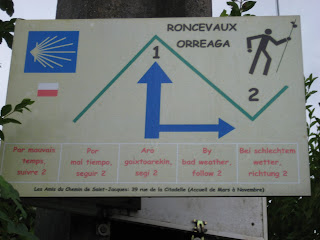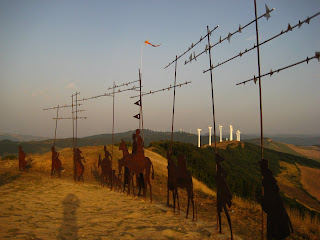Camino de Santiago, (the Way of St James)

There are three great pilgrimages in Europe ending in Jerusalem, Rome and the cathedral in Santiago de Compostela in north-western Spain. Since the tenth century, pilgrims have made their way to Santiago via a network of trails known as the Camino de Santiago to revere the bones of the apostle St James, which are entombed in a silver casket in the cathedral. The number of pilgrims peaked in the 11th and 12th centuries when an astonishing half a million people per year are thought to have made the pilgrimage. There was a steady decline in the ensuing centuries and, by the middle of the 20th century, only a few hardy souls made the trip. Since then there has been a renaissance and currently more than 70,000 Compostela , the certificate recognizing the completion of the Camino, are issued annually by the authorities in Santiago. In holy years, a year when St. James day (July 25) falls on a Sunday, this number more than doubles. The last holy year was in 2004 when more than 180,000 pilgrim








